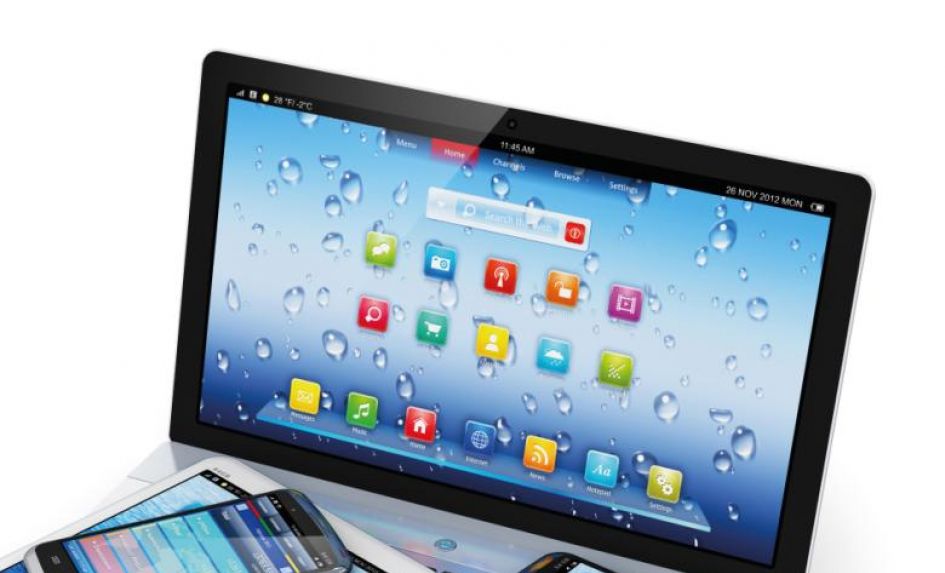Software licencing in education settings has shifted in recent years towards a model based more on subscriptions than ownership.
Here are the key things leaders and SBMs should consider if they want to avoid falling foul of software licensing restrictions, and ensure they’re actually getting their money’s worth…
Who decides?
While it’s tempting to be very liberal and allow each subject leader to buy their own software licences, it’s better to have a centralised purchasing system. That way, you can ensure that the same software isn’t being bought by different people and that the school doesn’t go over budget.
Weigh up what packages are available. The London Grid for Learning, for example, has negotiated discounts on a wide range of products, and now offers a service that’s no longer confined to schools in London.
What’s the model?
Is that software subscription you’re paying for based on broad tiers, priced per individual pupil, or charged per individual concurrent user? Will the software still work if more pupils join the school or need to use it at the same time?
If not, will the school be charged retrospectively when the numbers change, or is there a risk of pupils losing work when the school exceeds its user count? Check whether or not the software licence covers home usage.
Is it worth it?
Think about the value for money offering. If, say, your school subscribes to a software suite comprising several applications, will it make financial sense to subscribe to a separate, more specialised service, even if it performs a particular task better than your general suite’s application?
Remember also that software subscriptions can be quite deceptive in terms of cost. A subscription might cost ‘just’ £1 per pupil per year, but that’s a substantial amount for the school itself to be paying…
Keeping track
You need to put in place a central database of some kind to keep track of any subscriptions your school is currently paying for, their cost, their renewal dates and their licence numbers.
This system should also include some form of secure physical storage – you’ll need to read and keep the end user licence agreements (EULAs) pertaining to any software you use, plus any other relevant documentation such as receipts and original installation discs, where applicable.
If the software was downloaded or is accessed online, print off a copy of the details you would have been emailed, such as the purchase date and licence number. If your licence expires, keep a record of the expiration date.
You must be able to easily prove that the software subscriptions you use were purchased legitimately, so be sure to check the essential details. In fact, it’s not a bad idea to carry out checks of your software documentation every so often, just in case someone is inadvertently using unlicensed software.
This can happen quite innocently. A teacher once told me that the shop she purchased a standalone computer from said it would ‘throw in’ a Microsoft Office installation. I advised her to email the shop and ask them to confirm that the software licence allowed that. They declined.
The Federation Against Software Theft (FAST) has some great tips on how to avoid counterfeit software. See also the DfE guidance on how schools are affected by copyright licences.
Terry Freedman is an independent education technology consultant and writer.









